While most domestic cats are loving, playful, and affectionate, some breeds have a reputation for being more aggressive or difficult to manage, especially without proper training and care. Aggression in cats can be triggered by various factors, including genetics, environment, and how they're raised. In this article, we'll explore the 10 cat breeds known for their aggressive tendencies, starting with the most aggressive.
Aggression Level: ★★★★★
Surprisingly, the hairless and often affectionate Sphynx cat can also display intense aggression when provoked. Sphynx cats are highly energetic and bold, but when they become overstimulated or frustrated, their feistiness can turn into aggression. Their strong personalities and need for attention can sometimes lead to territorial behavior or biting when they feel ignored or threatened.
Despite their aggressive tendencies, they are very loyal to their owners, so proper socialization and training from a young age can help manage these behaviors.
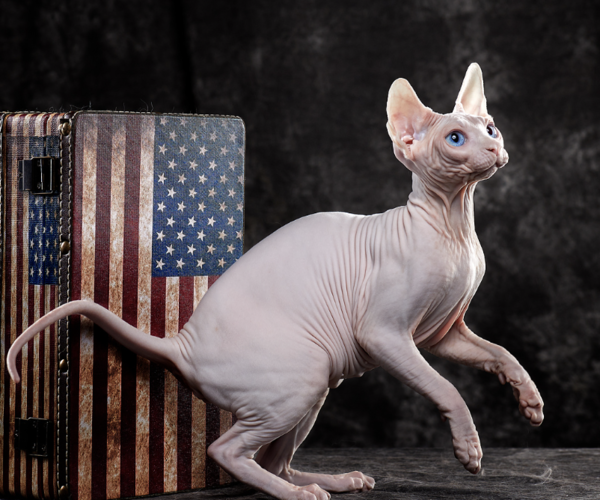
Aggression Level: ★★★★★
Bengal cats, with their wild ancestry and leopard-like spots, are known for their energetic and occasionally aggressive nature. Bred from the Asian leopard cat, Bengals retain some of their wild instincts, making them more prone to territorial and predatory behaviors. Their high energy levels and curiosity often lead to aggressive outbursts, especially when they are bored or feel confined.
Bengals are also known to be dominant and can exhibit aggressive tendencies towards other pets or even humans if they feel challenged. However, with proper training and mental stimulation, their aggressive tendencies can be curbed.
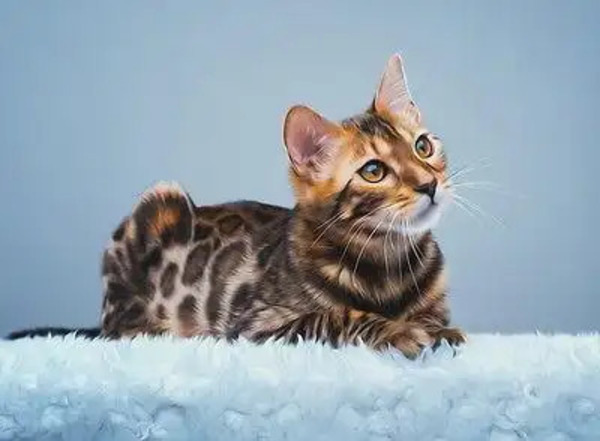
Aggression Level: ★★★★★
The Savannah cat is another breed with wild roots, being a hybrid between a domestic cat and a serval. Savannahs are known for their athleticism, intelligence, and high energy, but they can also exhibit aggressive behaviors, especially if they haven't been socialized properly. Their wild ancestry makes them territorial and they may become aggressive towards other pets or strangers in their home.
Savannahs require experienced owners who can provide ample stimulation and training to prevent their natural aggression from becoming a problem.
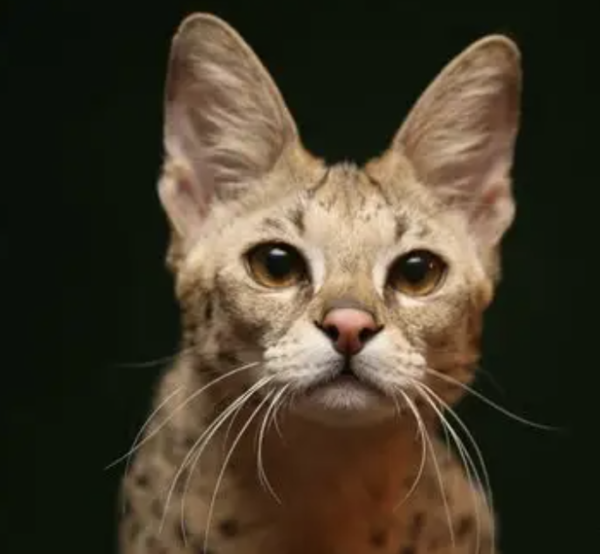
Aggression Level: ★★★★☆
Siamese cats are famous for their vocalization and intelligence, but they are also known to have a temper. Siamese cats can be aggressive when they are not given the attention they demand, as they are highly people-oriented and can become frustrated if left alone for too long. This frustration often manifests as biting, swatting, or hissing.
Their aggressive tendencies are usually directed towards people they don’t know or when they feel their territory is being invaded. However, with proper socialization and consistent attention, Siamese cats can be loving and affectionate pets.
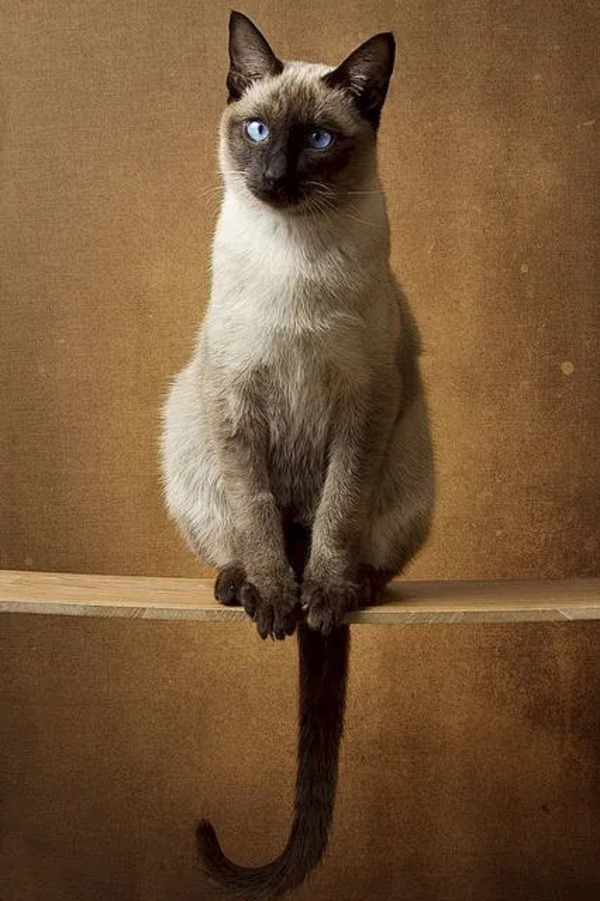
Aggression Level: ★★★★☆
While Scottish Folds are often seen as calm and sweet due to their cute folded ears, they can sometimes display unpredictable aggression. This breed is known to be more sensitive to changes in their environment, and any disruption can lead to them becoming defensive or aggressive. They may also have aggressive tendencies if they experience joint pain, which is common in the breed due to their unique skeletal structure.
Scottish Folds need a calm and stable environment to prevent stress-induced aggression, and regular veterinary check-ups can help manage any pain-related issues.

Aggression Level: ★★★★☆
Pixie-Bobs are domestic cats that look like wild bobcats, and their behavior can sometimes reflect this wild appearance. While generally affectionate with their family, Pixie-Bobs can become aggressive if they feel threatened or if their territory is invaded by other animals. This breed is known for its strong hunting instincts, and their aggression can be triggered by smaller pets or unfamiliar animals.
Pixie-Bobs require firm but loving training and early socialization to help manage their natural tendencies toward territorial aggression.
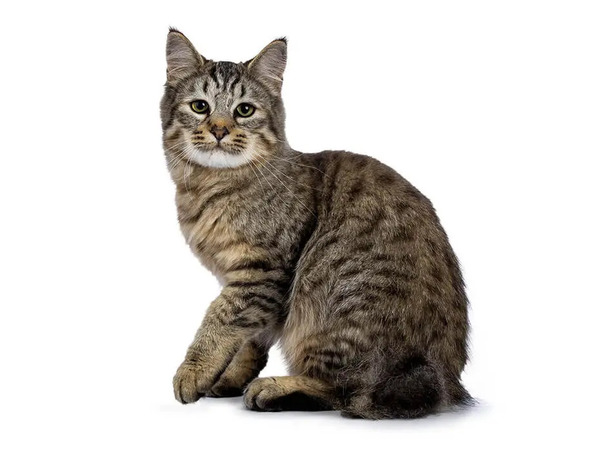
Aggression Level: ★★★★☆
The Egyptian Mau is one of the fastest and most agile cat breeds, making them excellent hunters. However, this hunting instinct can also make them more aggressive than other cats, especially if they are not given enough physical and mental stimulation. Egyptian Maus can be fiercely territorial and may lash out if they feel their space is being invaded.
While they are generally affectionate with their families, their independent nature means they can be less tolerant of strangers or other pets, sometimes leading to aggressive behaviors.
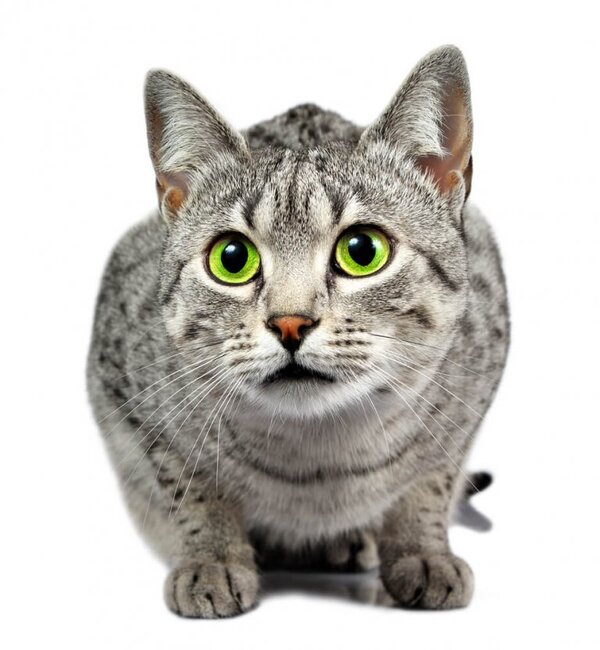
Aggression Level: ★★★☆☆
The sleek, black Bombay cat, often referred to as a "mini-panther," can have a dominant and sometimes aggressive personality. Bombays are known to be possessive of their owners and may become territorial, especially around other pets. They are confident cats that don’t like to feel threatened, and if they do, they may become aggressive.
Bombay cats require consistent training and socialization to manage their dominance and prevent any territorial aggression from escalating.
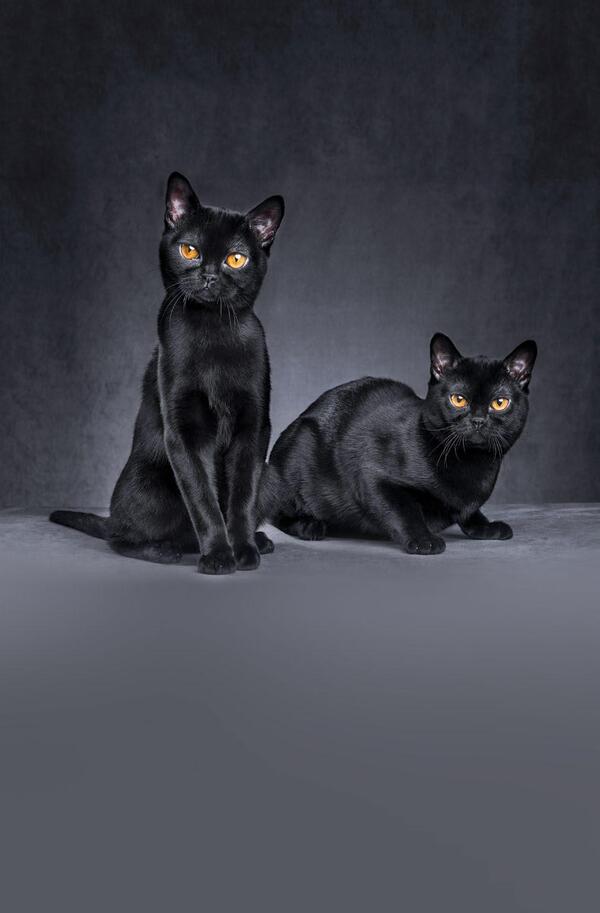
Aggression Level: ★★★☆☆
Turkish Angoras are elegant and independent cats, but their strong personalities can sometimes come with a more aggressive side. These cats are known to be assertive, and they can become aggressive if they feel their independence is being challenged. They don’t always get along with other animals and may show aggression toward pets that invade their space.
Turkish Angoras do best in homes where they are the center of attention and don’t have to compete for resources or affection. Proper socialization is key to managing their natural assertiveness.
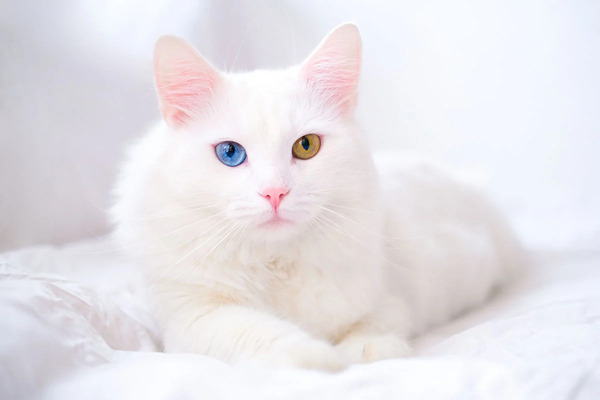
Aggression Level: ★★☆☆☆
Persians are generally known for their calm and sweet nature, but they can become aggressive if they are irritated or stressed. Persians don’t like loud environments or being handled roughly, and they may respond with hissing or swatting when they feel overwhelmed. While not naturally aggressive, their irritability can sometimes lead to defensive aggression, especially if they feel their personal space is being invaded.
To prevent aggression in Persians, it’s important to provide a peaceful environment and handle them gently. Regular grooming and care can also help avoid discomfort that may lead to irritation.

Aggression in cats is usually a result of several factors:
Genetics: Breeds with wild ancestry, like Bengals and Savannahs, retain strong territorial and predatory instincts that can lead to aggressive behavior.
Environment: A stressful or disruptive environment can make cats feel threatened, leading to defensive aggression.
Socialization: Cats that haven’t been properly socialized from a young age are more likely to be aggressive towards other animals or humans.
Health Issues: Some cats, especially breeds like the Scottish Fold, may experience pain or discomfort due to breed-specific health problems, which can lead to aggression.
If you own one of these aggressive breeds or are considering getting one, here are a few tips to help manage aggression:
Early Socialization: Introduce your cat to different people, pets, and environments while they’re young to reduce their fear and territorial aggression.
Provide Mental Stimulation: Interactive toys, puzzle feeders, and regular playtime can help burn off excess energy and prevent boredom-related aggression.
Avoid Triggers: Be mindful of what triggers your cat’s aggression. Some cats may dislike loud noises, new pets, or certain handling techniques.
Regular Vet Visits: Ensure that your cat is not in pain or discomfort, as this can lead to defensive aggression.
While some cat breeds have a reputation for aggression, this doesn’t mean they can’t make wonderful pets. With proper training, socialization, and care, even the most aggressive cats can become loving and loyal companions. If you’re considering one of these breeds, be prepared to invest time and effort into their care to ensure they are happy, healthy, and well-behaved.
animal tags: Cats
We created this article in conjunction with AI technology, then made sure it was fact-checked and edited by a Animals Top editor.